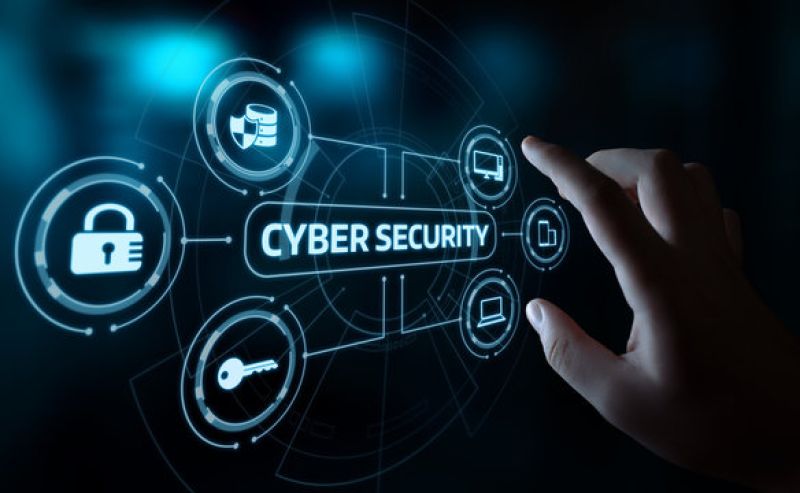
What is Cybersecurity?
Cybersecurity is the practice of protecting computer systems, networks, and digital data from cyber threats such as hacking, malware, phishing, ransomware, and unauthorized access. It involves implementing security measures to ensure confidentiality, integrity, and availability of data.
Key Aspects of Cybersecurity
1. Network Security – Protects computer networks from cyberattacks, unauthorized access, and data breaches using firewalls, intrusion detection systems (IDS), and encryption.
2. Information Security – Ensures the protection of sensitive data from unauthorized access, theft, or corruption through encryption, access control, and data masking.
3. Application Security – Focuses on securing software applications from vulnerabilities and attacks by implementing security measures such as secure coding, penetration testing, and updates.
4. Cloud Security – Protects data stored in cloud services (AWS, Azure, Google Cloud) using encryption, multi-factor authentication, and secure cloud configurations.
5. Endpoint Security – Secures individual devices (laptops, mobile phones, tablets) using antivirus software, firewalls, and endpoint detection response (EDR) solutions.
6. Identity and Access Management (IAM) – Ensures that only authorized individuals can access specific systems and data using authentication techniques like biometrics, passwords, and multi-factor authentication (MFA).
7. Operational Security – Involves implementing policies and procedures to protect digital assets, including risk management, incident response planning, and compliance with cybersecurity standards.
8. Cyber Threat Intelligence – The process of gathering, analyzing, and responding to cyber threats to stay ahead of potential attacks.
Common Cyber Threats
1. Malware (Viruses, Trojans, Ransomware, Spyware) – Malicious software that damages or steals data.
2. Phishing – Fraudulent emails or messages tricking users into revealing sensitive information.
3. Denial-of-Service (DoS) Attacks – Overloading a system to disrupt its normal operations.
4. Man-in-the-Middle (MITM) Attacks – Intercepting communication between two parties to steal or alter data.
5. SQL Injection – Injecting malicious code into databases to gain unauthorized access.
6. Zero-Day Exploits – Attacks targeting software vulnerabilities before developers fix them.
Importance of Cybersecurity
• Protects personal and financial data from hackers.
• Prevents unauthorized access to confidential business and government information.
• Ensures secure transactions and communications.
• Minimizes financial losses due to cybercrimes.
• Maintains trust and reputation for businesses and individuals.
Cybersecurity is crucial in today’s digital world as cyber threats continue to evolve. Organizations and individuals must adopt best security practices, such as using strong passwords, updating software regularly, and being cautious of suspicious emails and links.